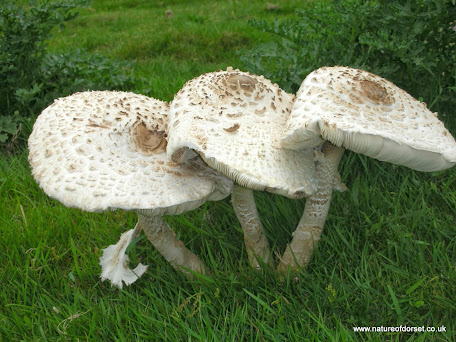On my walk ... the lichen Xanthoria parietina

As the leaves fall from the trees and hedgerow shrubs in autumn other life forms become more apparent, especially lichens. Lichens may not look much; just some crusty, dried up vegetation but they are quite fascinating. A lichen is actually two living organisms, an algae and a fungus, which live together for mutual benefit, it is called symbiosis. To survive they need a host (or substrate), which may be vegetable or mineral, from which it can derive support and moisture and so they can be found on tree bark, fence posts, bare earth, amongst mosses and grass, on walls and on tombstones. Lichens are not parasitic and do not harm their host and each species has its own preference for substrate on which to grow. Identifying lichens can be a real headache and is a somewhat specialised field but there are some common ones that the causal observer like me can recognise and this one is Xanthoria parietina. Its yellow/orange colouring is the clue but it is not the only species coloured like th













